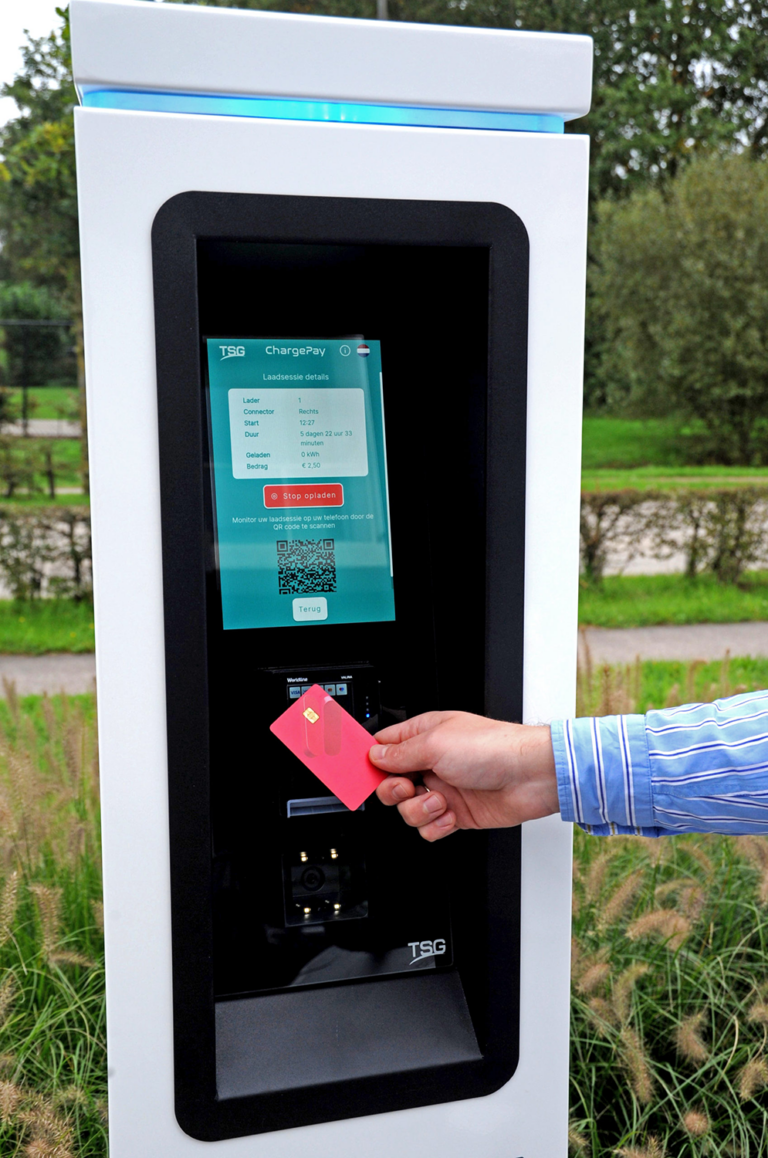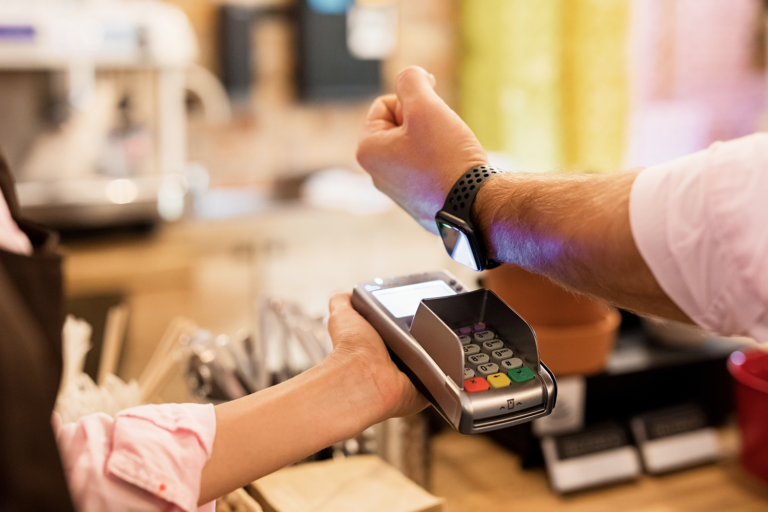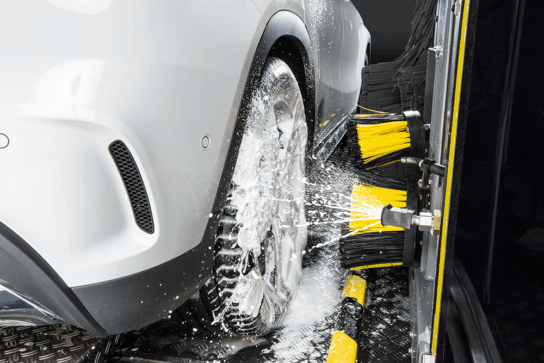How we pay for goods and services has undergone a remarkable transformation over the past century. From ration coupons during wartime to the digital wallets of today, each era has introduced unique innovations and conveniences. This article explores the evolution of payment methods, highlighting key milestones and their impact on forecourt fuel retailers.
Ration Coupons: Wartime Necessity
During World War II, ration coupons were introduced to control the distribution of scarce resources. These paper coupons, issued by the government, enabled individuals to purchase limited quantities of essential goods. Each family received a ration book for fuel, food and clothing, etc. For forecourt fuel retailers, this meant managing fuel distribution under strict regulations, ensuring everyone received their fair share. The system required meticulous record-keeping and compliance with government mandates, adding a layer of complexity to daily operations.
As the war ended and economies began stabilising, attention turned to simplifying everyday transactions, ushering in a new era of currency reform.
Pre-Decimal Currency: Pounds, Shillings and Pence
Before the UK adopted decimal currency in 1971, transactions were conducted using pounds, shillings and pence, which dated back to Roman times when it was referred to as lsd (Librae, Solidi, Denarii). This complex system, with 240 pennies to the pound, required retailers to be adept at mental arithmetic. Coins like the farthing, halfpenny, penny, threepence (or thruppence), sixpence (or tanner) and half-crown were in circulation, each with its unique value and history. The half-crown, worth two shillings and sixpence (or 30 pre-decimal pence), was a substantial coin often used for larger transactions. The transition to decimal currency simplified transactions, making it easier for retailers and customers to handle payments. This change was particularly significant for forecourt fuel retailers, who could now process payments more efficiently and accurately.
But as commerce grew more sophisticated, so did the need for safer, more traceable ways to handle money, leading to the rise of the cheque.
Cheques: A Safer Alternative
Cheques emerged as a popular payment method in the 18th century, offering a safer alternative to carrying large sums of money. Initially, cheques were handwritten notes that allowed individuals to instruct their bank to pay a specific amount to a third party. Over time, cheques evolved with printed formats and security features to prevent fraud. For fuel retailers, cheques provided a reliable way to receive payments, especially for larger transactions. Despite their decline in usage today, cheques played a significant role in the history of payments, offering a secure and traceable transaction method.
However, the complexity of pre-decimal currency still posed challenges until a major monetary overhaul simplified the system.
Decimal Money: Simplifying Transactions
The introduction of decimal currency in 1971 marked a significant shift in the UK’s monetary system. With 100 pennies to the pound, transactions became more straightforward. This change was particularly beneficial for forecourt fuel retailers, who could now process payments more efficiently and accurately. The Decimal Currency Board ran extensive public information campaigns to educate the public and businesses about the new system, ensuring a smooth transition.
This simplification laid the groundwork for the next leap in consumer convenience: the credit card.
Credit Cards: Buy Now, Pay Later
Credit cards, introduced in the mid-20th century, allowed consumers to buy now and pay later. This payment method encouraged spending and offered retailers a way to increase sales. The first universal credit card, the Diners Club card, was launched in 1950, followed by the introduction of major credit cards like Visa and MasterCard. Forecourt fuel retailers benefited from the ease of processing credit card transactions and the potential for higher sales volumes. Credit cards also introduced the concept of revolving credit, allowing consumers to carry a balance and make payments over time.
Yet for those who preferred to spend only what they had, a new solution was just around the corner.
Debit Cards: Instant Access to Funds
Debit cards revolutionised the way people accessed their money. Linked directly to bank accounts, they allowed for instant, cashless payments. The first debit cards were introduced in the late 1970s and quickly gained popularity due to their convenience and security. For fuel retailers, debit cards offered a convenient and secure method for customers to pay for their purchases, reducing the risk of handling large amounts of cash. The widespread adoption of debit cards also led to the development of electronic point-of-sale (POS) systems, further streamlining transactions.
As technology advanced, so did the desire for even faster, more seamless ways to pay, enter contactless payments.

Contactless Payments: Speed and Convenience
The advent of contactless payments brought a new level of speed and convenience to transactions. Customers can complete their purchases swiftly by tapping a card or mobile device. Contactless technology, which uses near-field communication (NFC), was first introduced in the early 2000s and has since become widely adopted. For fuel retailers, this meant faster service and reduced queues, enhancing the overall customer experience. The COVID-19 pandemic further accelerated the adoption of contactless payments as consumers sought safer, touch-free payment options.
This shift toward touchless technology paved the way for the next evolution: mobile payments.

Mobile Payments: The Digital Wallet
Mobile payment systems like Apple Pay, Google Pay and PayPal have continued transforming the payment landscape. These digital wallets allow customers to make secure payments using their smartphones, offering unparalleled convenience. Mobile payments leverage technologies like NFC and tokenisation to ensure safe transactions. Tokenisation replaces sensitive payment information with a unique identifier or “token,” making it difficult for unauthorised parties to access the actual data. Forecourt fuel retailers can now cater to tech-savvy customers who prefer using their mobile devices for transactions. The rise of mobile payments has also led to the development of loyalty programmes and personalised offers, enhancing customer engagement.
Looking ahead, the next wave of innovation promises to make payments even more secure and intuitive.
The Future of Payments
As technology continues to evolve, so too will payment methods. Innovations such as biometric payments and blockchain technology promise to enhance security and convenience. Biometric payments, which use fingerprint or facial recognition, offer robust security and are already being integrated into smartphones and payment systems. Blockchain technology, a decentralised digital ledger, securely records transactions across a network of computers, making it transparent and resistant to tampering. This technology has the potential to redefine the way transactions are conducted. Forecourt fuel retailers must stay abreast of these developments to meet the changing needs of their customers
To stay competitive, retailers need partners to help them adapt confidently in this fast-moving landscape.
TSG Payment Solutions
TSG UK is dedicated to helping retailers understand and implement solutions that simplify operations, boost profitability and attract customers to the forecourt and convenience store. Additionally, TSG assists retailers in upgrading their payment equipment with minimal fuss, ensuring the best solutions for their business. Whether it’s indoor payment terminals for the store, outdoor payment terminals for the forecourt or a combination of both, TSG can guide site owners through the process and provide staff training to ensure a seamless installation.
With over 30 years of experience supplying and installing retail payment solutions for fuel sites across the UK, TSG offers an extensive portfolio of products. Whether an independent business or a national multi-site network, TSG can meet operational needs.
For more information about TSG’s payment solutions, please visit: TSG Systems
Author: Cheryl Ashton



